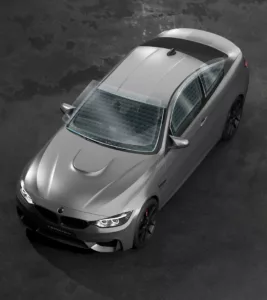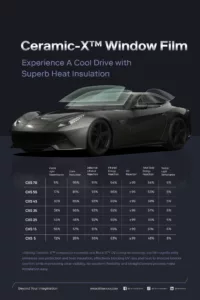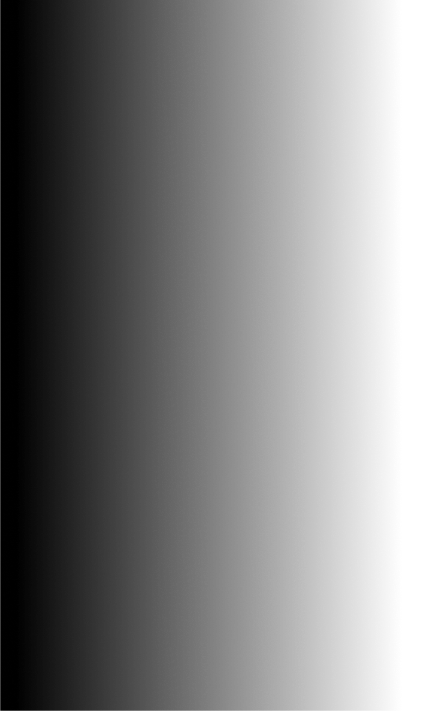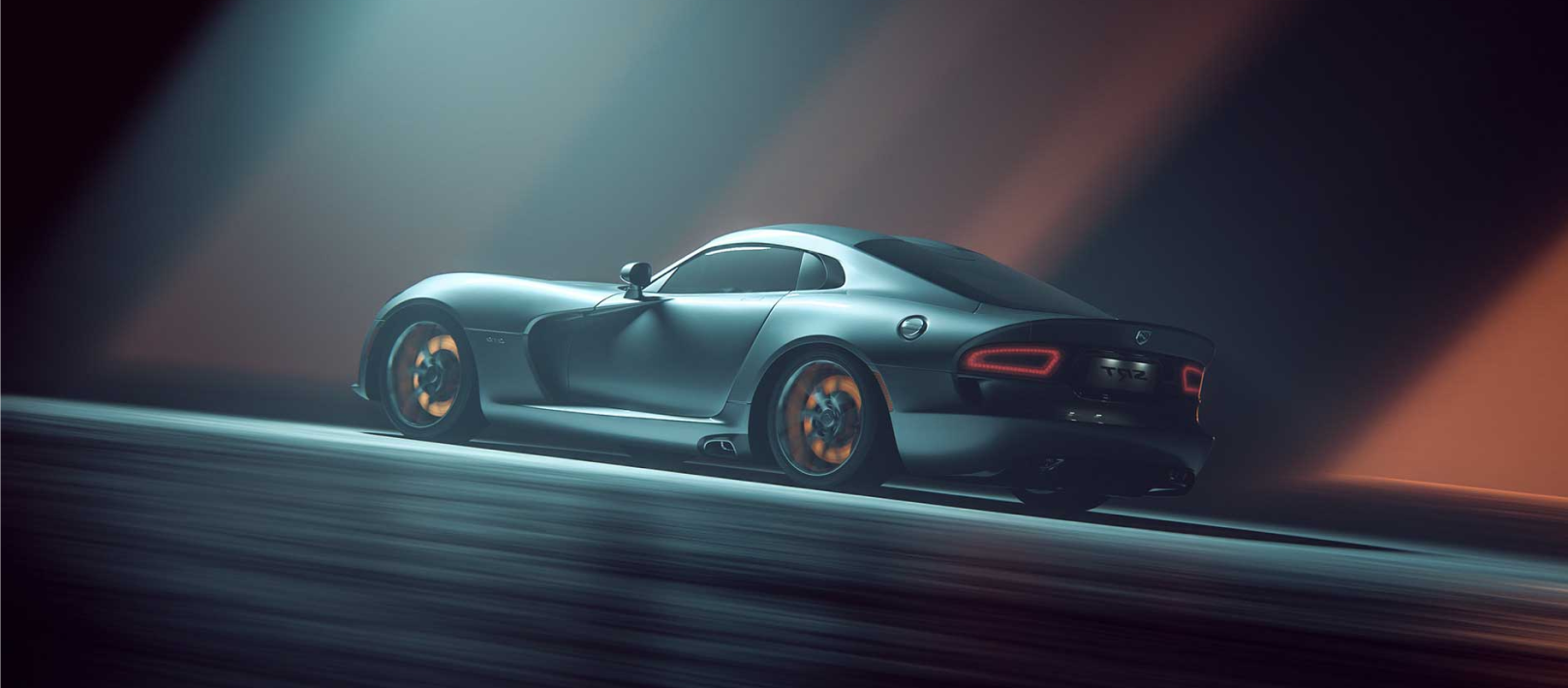Why Ceramic Tint is Better Than Carbon: UV Protection Explained
Why Ceramic Tint is Better Than Carbon: UV Protection and More with TERMINAX
If you’re exploring advanced window tint options for your car, you’ve likely come across both carbon and ceramic window tints. These two types represent the upper tier of automotive tinting technology, offering major advantages over basic dyed or metallic films. But while both provide enhanced performance, there’s a clear leader when it comes to long-term protection, comfort, and clarity: ceramic tint.
In this guide, we’ll explain why ceramic tint is better than carbon tint, especially when it comes to blocking harmful ultraviolet rays. We’ll also take a closer look at how ceramic films from TERMINAX provide comprehensive protection and unmatched visual clarity without compromising on style.

Understanding Window Tint Technology
Before comparing ceramic and carbon fiber wraps, it’s important to understand what makes high-performance window films different from older or basic tint types.
Traditional dyed window tint is made by adding a dye layer to polyester film. It helps with glare and basic privacy, but doesn’t do much in terms of heat or UV rejection. Metallic tints offer better heat rejection but interfere with signals from phones, GPS, and radios.
Modern window tinting options like carbon and ceramic are designed to overcome these limitations by using advanced materials that improve thermal insulation, protect against UV rays, and maintain signal transparency.
What Is Carbon Window Tint?
Carbon tint film contains microscopic carbon particles embedded in the film. These particles help to block infrared (IR) light, which reduces the amount of heat that enters the car cabin. Carbon tint also gives a deep black, non-reflective finish that is resistant to fading.
Advantages of carbon tint include:
- Decent heat rejection (better than dyed film)
- Fade-resistant color stability
- No signal interference
- Matte black appearance
While carbon tint offers an upgrade over dyed or metallic films, it does have limitations in overall heat rejection, UV protection, and visual clarity compared to ceramic.
What Is Ceramic Window Tint?
Ceramic tint represents the highest level of window film technology available today. It contains nano-ceramic particles that are non-metallic and non-conductive, meaning they do not block signals and remain optically clear.
Key advantages of ceramic tint include:
- Exceptional heat and infrared rejection
- Superior UV blocking (up to 99 percent)
- Crystal-clear visibility
- Signal-friendly material
- Scratch-resistant surface
- Long-lasting durability
With ceramic films, drivers get all-around performance benefits without compromising on clarity, connectivity, or vehicle appearance.

Why Ceramic Tint is Better Than Carbon
While carbon tint provides a step up from basic films, ceramic film outperforms carbon in almost every category. Here’s a closer comparison:
1. UV Protection
One of the most important benefits of ceramic window tint is its ability to block up to 99 percent of harmful ultraviolet (UV) rays. UV radiation is known to cause interior fading, dashboard cracking, and more seriously, skin damage, including premature aging and skin cancer.
Ceramic tint acts as a protective barrier against both UVA and UVB rays. This level of UV filtering is not achievable with carbon film, which typically blocks around 40 to 70 percent of UV rays, depending on the formulation.
TERMINAX ceramic window tint incorporates advanced UV-blocking technology to help prevent long-term ultraviolet damage to both vehicle interiors and passengers.
2. Heat Rejection
Ceramic tint provides significantly better heat rejection than carbon. Thanks to its nano-ceramic construction, ceramic films can block over 80 percent of infrared radiation, which is responsible for most of the heat that enters your vehicle.
Carbon tint does offer decent IR blocking, but usually at lower levels, typically around 40 to 60 percent. On hot summer days or during long drives, the difference in comfort can be substantial. With ceramic tint, your air conditioning works more efficiently, and your car interior stays cooler for longer.
TERMINAX Ceramic-X™ Window Film is specially designed for Australian and North American climates, where heat and UV exposure can be intense year-round.
3. Clarity and Visibility
One of the most noticeable advantages of ceramic tint is its optical clarity. Ceramic films provide excellent visibility, even at lower tint percentages. This means you get the privacy and protection of a darker tint without sacrificing nighttime visibility or driver safety.
Carbon films, while effective, can appear slightly hazy or less clear when viewed at certain angles, especially over time.
TERMINAX uses NANO-ceramic technology to maintain high levels of visible light transmission while still blocking heat and UV rays. Whether you’re driving during the day or at night, the result is safer, sharper visibility.
4. Signal Friendliness
Unlike metallic films, neither carbon nor ceramic films interfere with electronic signals. However, ceramic films are entirely non-metallic and therefore even more signal-neutral. This makes them ideal for use in modern vehicles that rely heavily on GPS, Bluetooth, mobile networks, and in-car wireless systems.
For drivers who value connectivity, ceramic is the superior choice.
5. Durability and Aesthetics
Ceramic tints are highly durable and fade-resistant. They hold up well over time without bubbling, discoloration, or peeling. While carbon tints are more durable than dyed films, they can still degrade faster than ceramic under high sun exposure.
In terms of appearance, ceramic tints offer a sleek, color-stable finish that enhances the look of your car without the reflective sheen seen in metallic tints.
TERMINAX ceramic films are engineered for long-lasting durability with a sleek, understated style that complements both modern and classic vehicles.
How Ceramic Tint Prevents Ultraviolet Damage
Ultraviolet radiation is invisible, but its effects are very real. Prolonged UV exposure through your car’s windows can lead to:
- Fading and cracking of leather or fabric seats
- Damage to dashboards, panels, and electronics
- Increased risk of skin cancer and eye conditions
Ceramic tint prevents these problems by incorporating nano-ceramic particles that block UV rays at the molecular level. Unlike lower-tier tints that absorb or reflect only a portion of UV light, ceramic films physically block UV from passing through the glass.
By applying a ceramic tint from TERMINAX, you are investing in advanced UV protection that helps maintain your vehicle’s condition, resale value, and the health of everyone inside.
Why Choose TERMINAX Ceramic Tint
TERMINAX offers a premium line of ceramic window tint films that are designed for performance, comfort, and aesthetics. Whether you are looking to upgrade from an older tint or protect your new vehicle, TERMINAX provides a solution trusted by professionals and car owners alike.
Key features of TERMINAX ceramic tints:
- Blocks over 99 percent of harmful UV rays
- Reduces interior temperatures by up to 60 percent
- Maintains GPS, phone, and radio connectivity
- Long-lasting fade-resistant materials
- Stylish, non-reflective finish
- Backed by warranty and professional installation support
With TERMINAX, you get more than just a window film. You get protection engineered for real-world driving conditions, whether you’re navigating city traffic or facing harsh sunlight on the open road.
Final Thoughts
While both carbon and ceramic window tints offer benefits beyond traditional films, ceramic clearly takes the lead when it comes to UV protection, heat rejection, clarity, and overall performance. For drivers who demand the highest level of protection and comfort, ceramic tint is the best investment.
TERMINAX ceramic films deliver premium performance backed by innovation and reliability. If you’re ready to protect your car, your passengers, and yourself from the sun’s harmful effects, ceramic tint is the smart, long-term solution.


